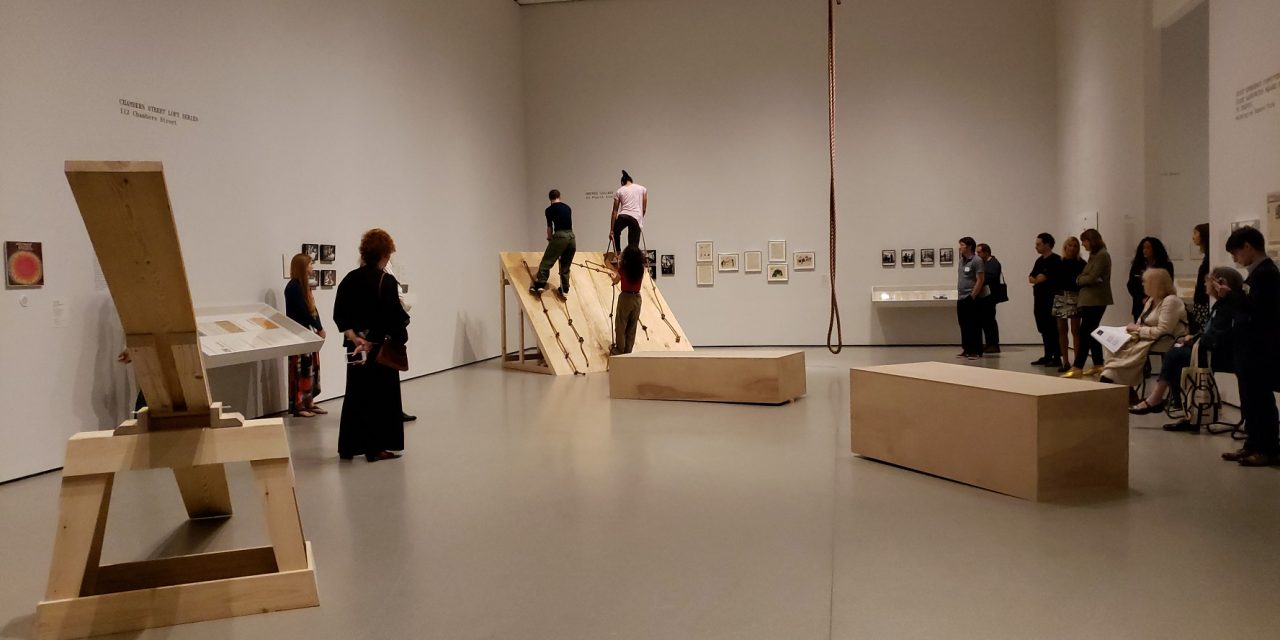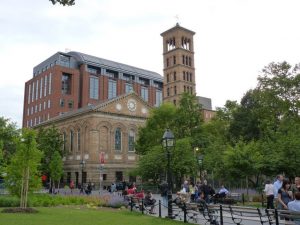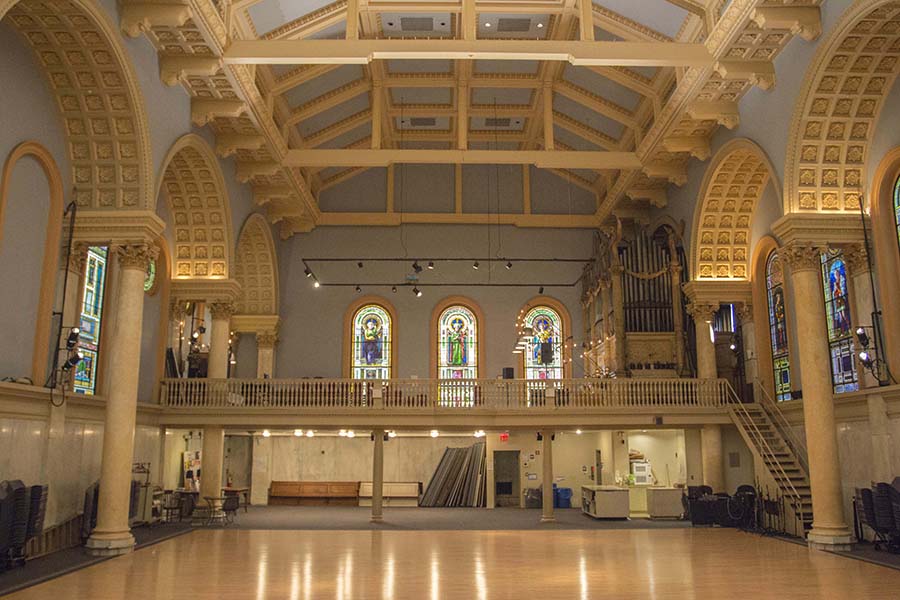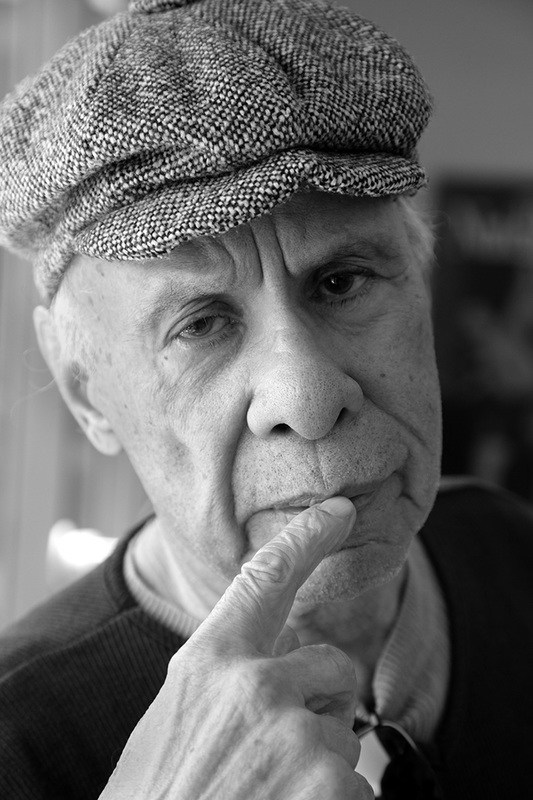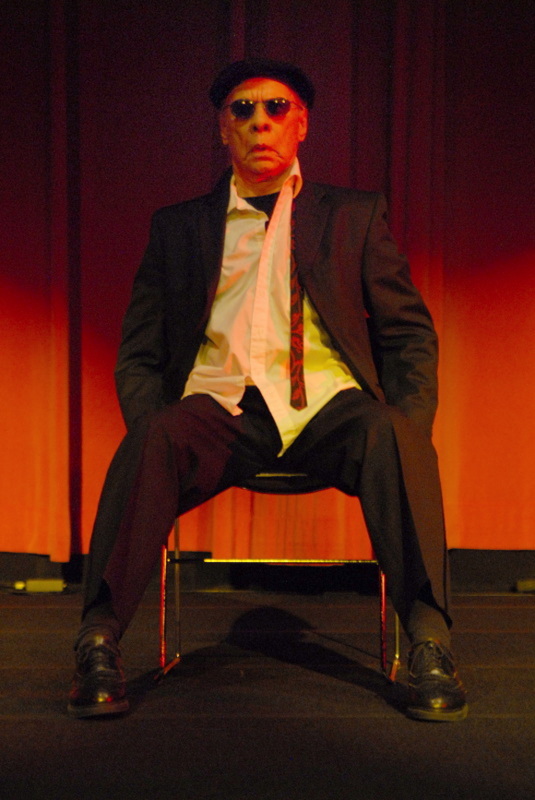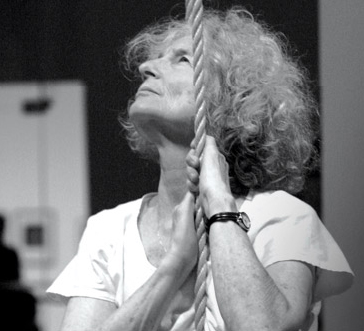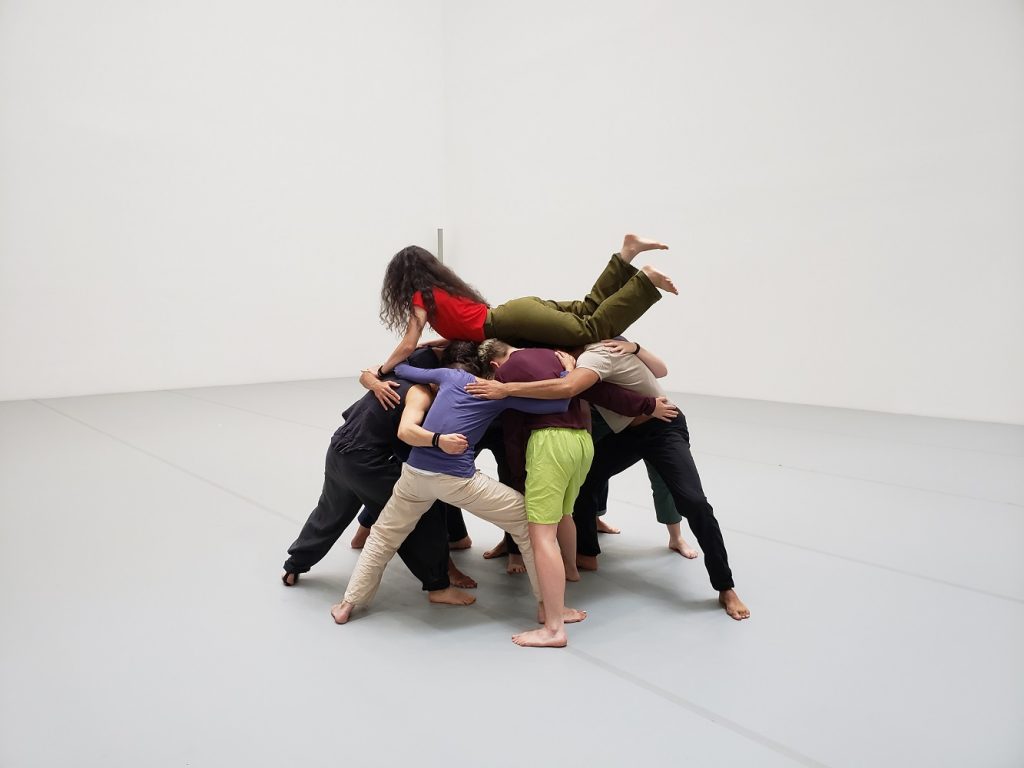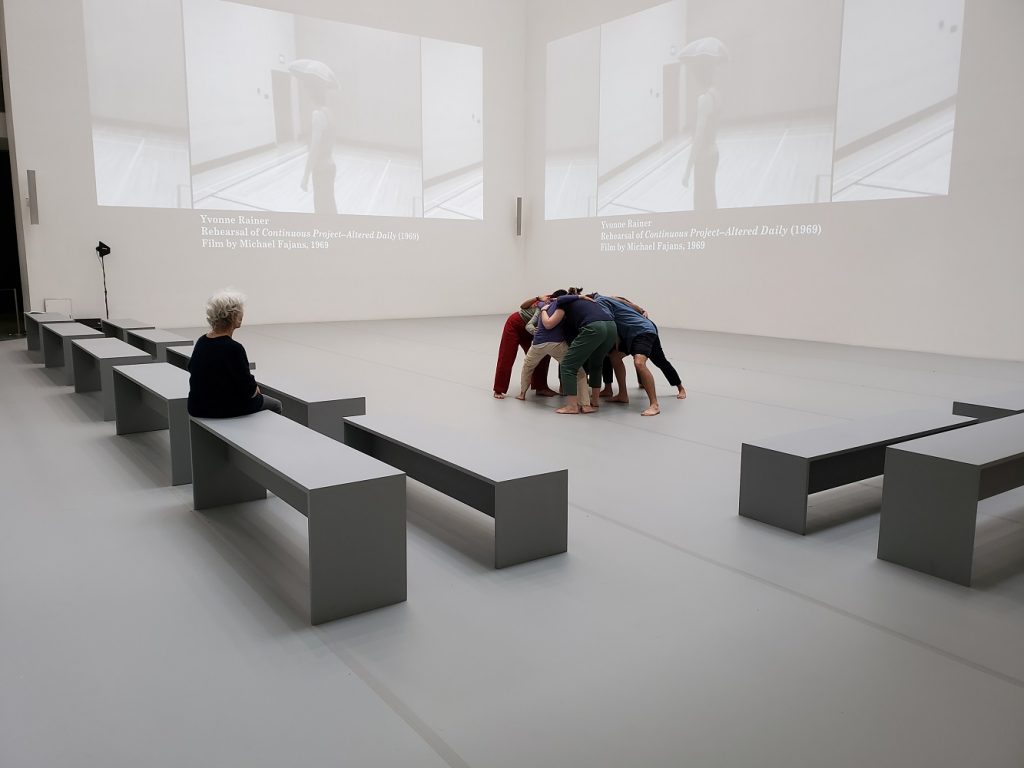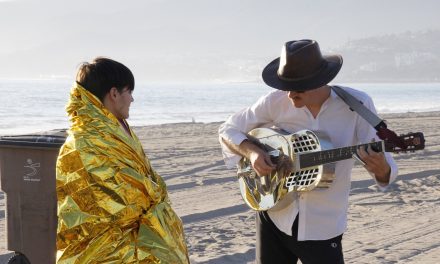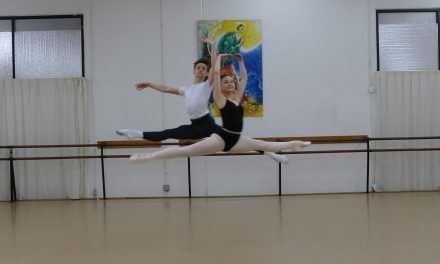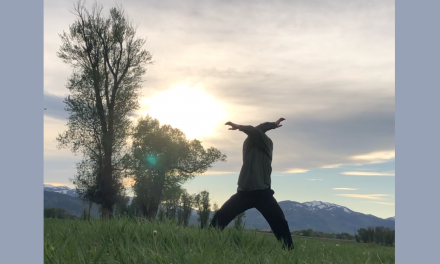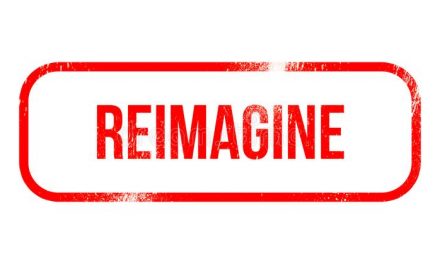Somewhere between 1962 and 1964 a group of choreographers, visual artists, composers and filmmakers began working together at Judson Memorial Church, located adjacent to Washington Square Park in New York’s Greenwich Village. The Judson Memorial Church was comprised of a socially aware and active Protestant congregation, and as it turned out, the perfect venue for what was to change the definition of dance. Those artists began with a series of workshops that grew into dance performances. The movement that they used was sometimes pedestrian and tended to draw inspiration from the social and political life around them. Their workshops explored everyday gestures, games, simple tasks like picking up a suitcase and walking across the space. The very process of creating dances was examined, pared down, and primarily presented without theatricality. The participants were encouraged to be spontaneous, think outside the box, experiment, and to push their own limits. The work that resulted from these workshops became known as the Judson Dance Theater which, during the 1960s and 1970s, produced some of the most exciting dance and performance art in years. Other groups like the Grand Union got their start there and I remember attending performances by Dan Wagoner, Twyla Tharp, Viola Farber, Peter Saul and many others. Judson Church continues to be a venue for dance artists to present new works.
What has not been represented by much, if any, of the major media outlets in Los Angeles is that currently in New York’s Museum of Modern Art (MoMA) is an exhibit that celebrations those early years at Judson Church. The exhibit, which runs through February 3, 2019 is appropriately titled Judson Dance Theater: The Work Is Never Done. It features audios of artists describing their experiences at Judson Church, live performances of re-staged works of that era, and incredible photographs and films of performances. It traces the history of Judson Dance Theater, the workshops that happened at Judson Church and other venues around New York, and it represents a host of artists’ work.
Two of those artists that were early members of the Judson Dance Theater and pioneers in the field, have lived and worked in Los Angeles for decades. Their names are Rudy Perez and Simone Forti. Perez’s work continues to be re-staged for dance companies and Forti is performing and creating new work nationally and internationally. As part of its Bloodlines series, The Stephen Petronio Company recently licensed Coverage, choreographed and first performed by Perez in 1970. Forti has works in the permanent collections of MOMA in New York, the Stedelijk Museum in Amsterdam, the Generali Foundation in Vienna, the Whitney Museum of American Art in New York, and the Moderna Museet in Stockholm.
The other artists featured in the Judson Dance Theater: The Work Is Never Done exhibition includes George Brecht, Trisha Brown, John Cage, Al Carmines, Lucinda Childs, Philip Corner, Merce Cunningham, Diane Di Prima, Bill Dixon, Rosalyn Drexler, Judith Dunn, Gene Friedman, David Gordon, Anna Halprin, Lawrence Halprin, Alex Hay, Deborah Hay, Fred Herko, Storm De Hirsch, Jill Johnston, LeRoi Jones, Allan Kaprow, Fred McDarrah, Robert Morris, Claes Oldenburg, Aileen Passloff, Steve Paxton, Yvonne Rainer, Robert Rauschenberg, Carolee Schneemann, Elaine Summers, Cecil Taylor, Stan VanDerBeek, James Waring, Robert Whitman, Phyllis Yampolsky, and La Monte Young.
The live performances that have already taken place, included Yvonne Rainer, Deborah Hay, David Gordon, and Lucinda Childs. Simone Forti’s Dance Constructions are performed three days a week. Works by Steve Paxton are scheduled to run until December 16, with works by Trisha Brown occuring December 17 through January 16. From January 17 to 25 there will a Movement Research with free “classes, workshops, reading groups, and studies projects dialogues, transforming the Marron Atrium into a space for the creative process and education”.
The audios include visual artists, choreographers, and performers reflecting on their experiences with the Judson Dance Theater, the experimentation that transpired and how it transformed dance that inspired an entire generation. The artists represented by the audios include James Waring, Merce Cunningham, La Monte Young, Simone Forti, Robert Rauschenberg, Carolee Schneemann, David Gordon, Lucinda Childs, and Yvonne Rainer.
Andy Warhol was often in the audience at Judson Church and as part of this exhibit, MoMA presented Andy Warhol At Judson featuring his film titled Jill and Freddy Dancing (1963). The Jill and Freddy were the late and well-known VILLAGE VOICE dance critic, Jill Johnston, and Freddy Herko, a famous and beautiful dancer who leapt out a window to his death while performing for a selected group of friends. In the film, Johnston and Herko perform on a lower Manhattan East Side rooftop, and Johnston is seen performing with a broom at Walhol’s Factory. Unfortunately, the film ran for just two nights earlier this month.
The names listed above are artists that current students of dance, music and art are learning about in their history courses. Some have passed on, but a few are still alive and working, including Rudy Perez, Simone Forti, Lucinda Childs, David Gordon, Deborah Hay, and Steve Paxton. Paxton and Forti performed together a couple of years ago in the lobby at REDCAT prior to Paxton’s solo Bound (1982) being performed by Slovenian born dancer Jurij Konjar. It was an incredible evening.
As stated at MoMA’s website, “the program in the Donald B. and Catherine C. Marron Atrium is organized into multiple-week segments, each of which focuses on the work of one artist: Yvonne Rainer, Deborah Hay, David Gordon, Lucinda Childs, Steve Paxton, and Trisha Brown. Additionally, a video installation edited by the artist Charles Atlas and related to the work of the choreographers featured in the performance program will be on view. Including footage of both individual and group pieces made during the Judson era and after, Atlas’s installation emphasizes the relationship of the soloist to the ensemble and shows how Judson influenced the later careers of these artists. In the final weeks of the exhibition, Movement Research, an organization with a direct lineage to Judson, will hold classes and workshops.”
One would hope that curators in Los Angeles will take interest in presenting Judson Dance Theater: The Work Is Never Done as LA has continued to play a major role in the making of modern dance since the days when Lester Horton launched the careers of dance artists Bella Lewitzky, Alvin Ailey, Carmen de Lavallade, James Truitte, James Mitchell, Joyce Trisler and others.
If you have plans to visit New York City before February 3, 2019 , make it a point to go to MoMa to see this historic exhibition.
For more information on Judson Dance Theater: The Work Is Never Done, click here.
Featured image – From L to R: Simone Forti’s See Saw, Slant Board, Accompaniment for Lamont’s 2 sounds and Lamont’s 2 sounds, and Platforms – Photo: Sarah Swenson

